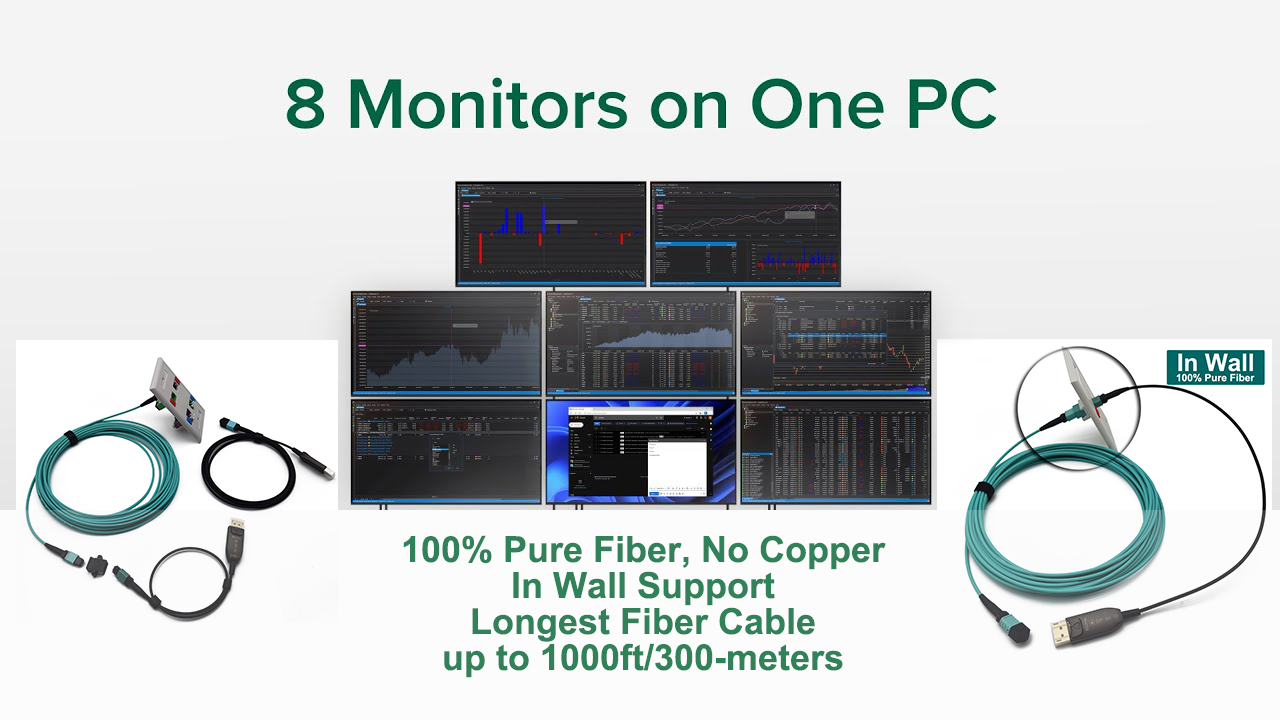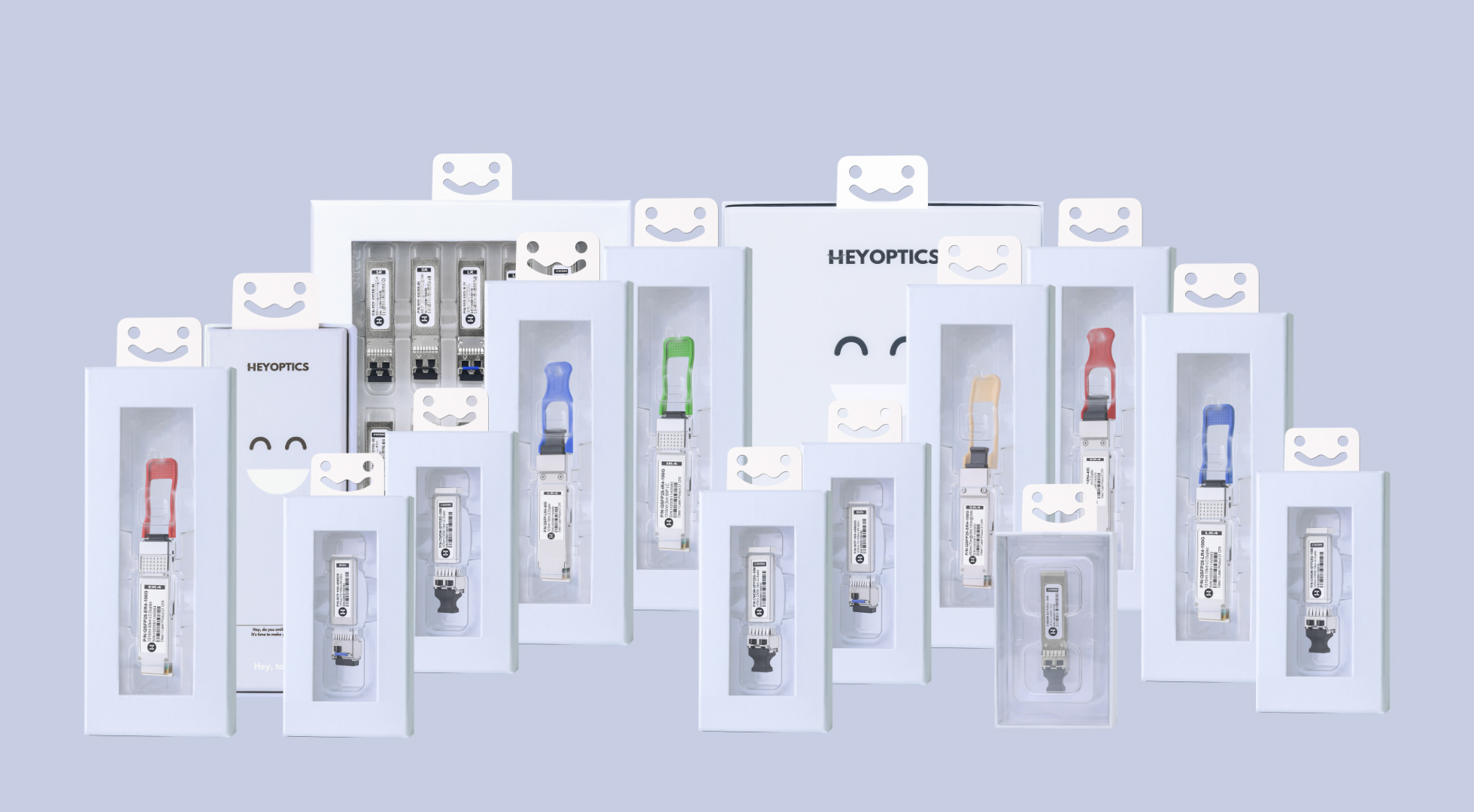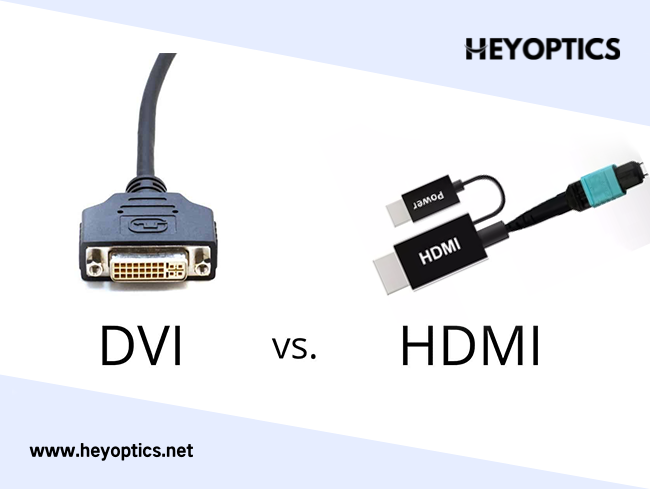What is LC Fiber Connector?
Fiber optic connectors are mechanical and optical means for cross-connecting optical fibers. Fiber optic connectors can also be used to connect fiber optic cables to transmitters or receivers. Various types of connectors have been developed for fiber optic cables. There are many types of fiber optic connectors, including LC fiber optic connectors, SC fiber optic connectors, FC fiber optic connectors, ST fiber optic connectors, etc. Among them, LC fiber optic connectors are one of the most common types of fiber optic connectors.
Singlemode networks use about the same ratio of FC or SC connectors as ST and SC in multimode installations. But LC connectors with smaller sizes and higher performance have become popular and the connector of choice for optical transceivers for gigabit speed systems. This article will give a clear explanation of LC fiber optic connectors and how to use them.
What Is an LC Fiber Connector?
The LC connector is a small form factor (SFF) connector, which is designed to join LC fibers where a connection or disconnection is required. The LC connector was first developed by Lucent Technology for TelCo environment uses. Hence, LC stands for Lucent Connector mostly. In addition, LC can also stand for Little Connector and Local Connector. These LC connectors utilize traditional components of the standard connector but with a 1.25mm ceramic ferrule.
LC Fiber Connector Types
LC connectors have single-mode and multimode tolerances. The polishing types of the LC connector are available in UPC and APC. LC APC fiber connector has an eight-degree angle to minimize back reflection and can be recognized by its green-colored housing and strain relief boot. While LC UPC fiber connector can be easily recognized by the blue color. Generally, two versions of LC connectors are available: jumper connector and BTW connector.
The jumper connector can be used to terminate simplex and duplex 1.6 to 2.0 mm cordage. It is convenient to engage and disengage because of a trigger and the standard latch. What’s more, the jumper connector is intended for use in LAN, central offices, and in patch cords for premise distribution systems.
The BTW (behind-the-wall) connector is a shorter version of the LC intended for mounting on 0.9 mm fiber. It is typically utilized on the backside of the equipment. Besides, the BTW connector usually uses a finger catch and extended latch, which makes the BTW connector engage and disengage easily.
What Is LC Uniboot Connector?
LC Uniboot Connector can be used in a high-density environment. Compared to the conventional duplex connector, the design is more compact, as well as just one cable was used, which helps to improve the hot air flow in a high density and crowded environment.
What Is LC Secure Lockable Fiber Optic Connector
LC Secure Lockable Fiber Optic Connector LC stands for Lucent Connector, as the LC connector was developed by Lucent Technologies as a response to the need by their primary customers, the telcos, for a small, low insertion loss connector.
What Is LC Push-Pull Uniboot Connector?
LC Push-Pull Uniboot Connector connector that comes with a Push-Pull tab, which can be used in a high-density environment. Compared to the conventional duplex connector, the design is more compact, as well as just one cable was used, which helps to improve the hot air flow in a high density and a crowded environment. a unique and a patented design to reach a highest density in the industry.
What Is LC Duplex Connector?
LC Duplex SLL Connector is specially designed to provide low insertion loss and back reflection or misalignment of the fibers. along with high precision and mechanical stability. Its insertion loss is less than 0.3dB.APC return loss is up to 65dB.UPC return loss is up to 55dB .
A fiber optic connector is a flexible device that can connect and disconnect fiber optic cable quickly. A large variety of fiber connector types are available, including LC fiber connector, SC fiber connector, FC fiber connector, ST fiber connector, and so on. Among them, the LC fiber optic connector is one of the most common types of fiber optic connectors. This article will give a clear explanation of LC fiber connectors and how to use it.
Application of LC Connector
LC connectors can be found in many places for termination and connection, especially SFP transceivers for gigabit transmission. For example, the optic interfaces of Cisco SFP transceivers are all LC connectors. Some other applications are as follows:
- Telecommunication networks
- Local are ea networks
- Data processing networks
- Cable television
- Fiber-to-the-home
- Premises distribution
What Are the Advantages of LC Fiber Connector?
Nowadays, LC fiber optic coConnectorsare very popular in the market. The following are several advantages of LC connector:
With an LC connector, the cost of the system can be reduced. LC connector is half the size of the traditional SC connector. Therefore it can double fiber density in shelves and outlets.
The polarized feature of the LC connector helps maintain the transmitting or receiving direction and assures high repeatability.
LC connector has an anti-snag latch, which can improve durability and reduce the rearrangement work caused by the cross-connection.
It is time-saving for installation because there is no need to install the field mountable connectors.
How to use LC fiber optic connectors?
The LC connector family consists of adapters, attenuators, Jumpers, an assortment of connector modules and panels, etc. They are generally applied in telecommunications networks, LANs, data processing networks, device terminations, premises distributions, etc.
LC adapter is designed to work together with the complete LC fiber optic family to offer an optimal, high-density solution for the network. It features a self-adjusting mechanism, which accommodates patch panels of thickness between 1.55 to 1.75 mm. LC simplex adapter connects one LC connector pair in one module space. While the LC duplex adapter connects two LC connector pairs in one module space.LC fiber cable with two LC connectors terminated on either end is the most commonly used fiber optic cable type. The LC connector used on the LC fiber cable has a trigger mechanism, which allows the connector to be easily engaged and disengaged.
LC attenuator uses an LC connector, which is a commonly used LC-related device as well. It is used in fiber optic communications to reduce optical fiber power by a certain level. Usually, it has a male plug connector on one side and a female fiber optic adapter on the other side. In addition, its typical attenuation values are between 1 and 30 dB.
Conclusion
To meet the needs of the market, there are various types of LC connectors provided now. During the selection of an LC connector, transmission media should be the first factor to consider. LC connector favors single mode fiber optic cable. But it can also be used with multimode fiber optic cable. Signals sometimes are transferred over simplex fiber optic cable and sometimes duplex fiber optic cable. Thus, the LC connector has both simplex and duplex designs.



